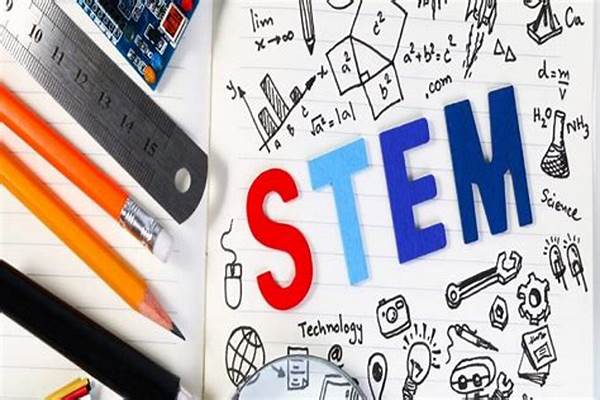News

Stem Challenge 2024
On Monday, 5th February, a STEM challenge took place
involving year 6 students and the whole of secondary school. This educational
initiative was designed to highlight the practical applications of STEM
principles, fostering a hands-on learning experience across different year
groups.
For the Year 6 pupils, the task was to build a bridge
that measured 60 cm in length and 20 cm in width. The students showed
enthusiasm throughout the day, showing their creativity to design and construct
some remarkable bridges using everyday materials. This activity was not just a
demonstration of their understanding of engineering concepts such as stability
and load-bearing structures but also a testament to their ability to innovate
with simple resources.
The secondary department faced a different kind of
challenge, focusing on renewable energy. Students were tasked with creating
either solar-powered street lights or solar-powered water heating systems. This
project aimed to ignite an interest in sustainable energy solutions and to make
students aware of the potential of renewable resources to reduce environmental
issues such as pollution and the over-reliance on fossil fuels.
Throughout the day, both year groups exhibited
exemplary teamwork and creativity. In the secondary department, the challenge
went a step further, with students conceptualizing solar-powered parks, cities,
and even places of worship. These imaginative ideas not only showcased their
technical skills but also reflected a deeper understanding of how renewable
energy can be integrated into various aspects of society to create more
sustainable communities.
The STEM challenge was a resounding success, achieving
its goal of engaging students in practical, real-world applications of their
learning. It encouraged them to think critically about the world around them,
to innovate with the resources available, and to envision a future where
technology and sustainability go hand in hand. The enthusiasm and skills
displayed by the students at KNES were a clear indication of the potential
future contributions they could make towards advancing renewable energy
solutions and creating a more sustainable world.


